The company Nvidia advances AI boundaries through its research into both agentic artificial intelligence and physical artificial intelligence with sophisticated reasoning models. During its latest GTC 2025 event, Nvidia unveiled revolutionary technologies, which include open reasoning models alongside the Cosmos platform for building physical AI systems. The article explores Nvidia’s vision for agentic and physical AI through their latest reasoning models combined with their Cosmos platform, which creates influential changes across robotics and automotive sectors.
 Artificial intelligence progresses swiftly because it shifts from basic automation tasks to developing complex systems that both reason and operate in physical domains. Nvidia CEO Jensen Huang established 2025 as the pivotal year for agentic AI through his declaration that marks the significance of autonomous agents working independently from contextual understanding. In his future outlook, Huang predicts machines will establish physical AI, which integrates their intelligence with real-world interactions.
Artificial intelligence progresses swiftly because it shifts from basic automation tasks to developing complex systems that both reason and operate in physical domains. Nvidia CEO Jensen Huang established 2025 as the pivotal year for agentic AI through his declaration that marks the significance of autonomous agents working independently from contextual understanding. In his future outlook, Huang predicts machines will establish physical AI, which integrates their intelligence with real-world interactions.
Nvidia introduced Cosmos as its new reasoning platform which advances physical AI capacity in addition to agentic AI development. Nvidia's innovations will reshape industries across the board through their development of better robotics systems as well as advanced autonomous vehicles with improved straddling capabilities between virtual and physical domains.
Traditional generative models achieved a significant improvement with agentic AI because this technology gives systems the power to autonomously reason and execute tasks independently. Nvidia launched AI Blueprints during GTC 2025 as operational templates to assist enterprises in creating customised intelligent agents for their business requirements. The agents possess capabilities that convert complicated written information into audio summaries and process detailed client requests by comprehending the context.
Physical AI distributes cognitive abilities beyond computers to enable machines to interact with physical areas while executing tasks that need mapping knowledge. The physical AI training of systems requires highly realistic virtual environments that are delivered through Nvidia's Cosmos platform. For example:
World Models creates realistic simulations to teach robots to navigate unpredictable scenarios that they encounter in real deployments.
The Isaac GR00T Blueprint improves humanoid robotics systems that work on sorting products along with assembly operations.
Integration with Autonomous Vehicles: Partnerships with companies like Waabi and Wayve leverage Cosmos for robotaxi development.
Physical AI leads the way toward industrial revolutions which bring machines to achieve natural thinking capabilities to execute complex operations in actual environments and real-world applications.
Open reasoning models introduced by Nvidia at GTC 2025 constitute a new family of models defined by Llama Nemotron. This platform system delivers basic components that allow developers to manufacture sophisticated AI automation systems that handle intricate execution algorithms.
Through these reasoning models,, Nvidia demonstrates its dedication toward making advanced AI technology accessible for all users to explore and enhance their generation and agent-based capabilities.
Nvidia utilises the Cosmos platform to build its core approach to enable the progressive development of physical artificial intelligence systems. Developers use Cosmos to validate machine performance under a range of realistic environmental scenarios without endangering safety and without needing to spend large amounts of money.
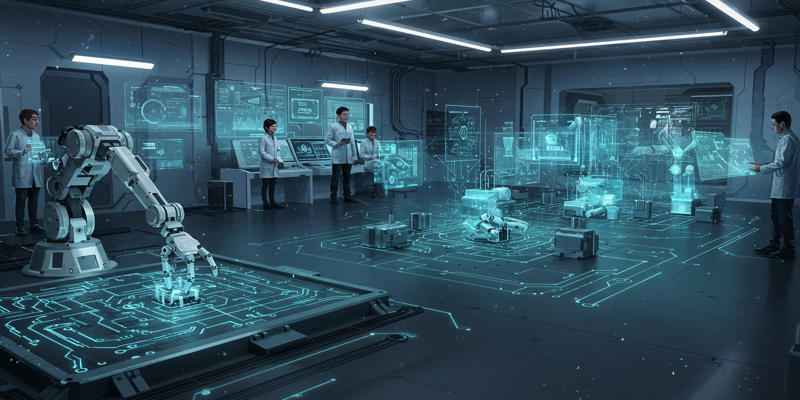 The company made its reasoning frameworks accessible to wider markets by releasing Dynamo as a highly efficient platform that enables effective enterprise-scale deployment of reasoning models.
The company made its reasoning frameworks accessible to wider markets by releasing Dynamo as a highly efficient platform that enables effective enterprise-scale deployment of reasoning models.
Nvidia has developed solutions to handle multiple obstacles that affect the generative AI market sector.
The physical and agentic AI initiatives at Nvidia represent a revolutionary step in AI development because they create systems that operate independently for reasoning and simultaneously connect to physical environments. Associating with Nvidia’s agentic and physical AI solutions signifies both technological supremacy and strategic business necessity in an intensifying marketplace for successful organizations.

Explore if AI can be an inventor, how copyright laws apply, and what the future holds for AI-generated creations worldwide
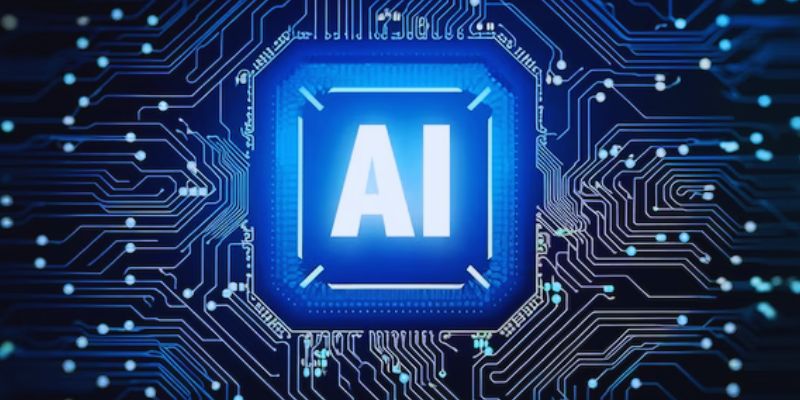
Find the benefits and challenges of outsourcing AI development, including tips on choosing the best partner and outsourcing areas
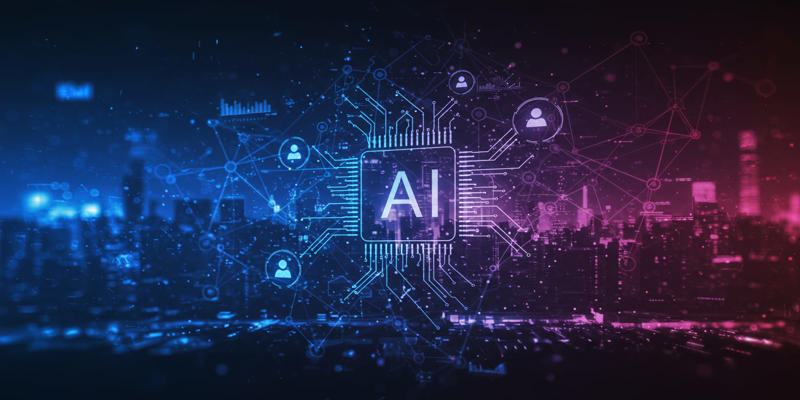
GANs and VAEs demonstrate how synthetic data solves common issues in privacy safety and bias reduction and data availability challenges in AI system development
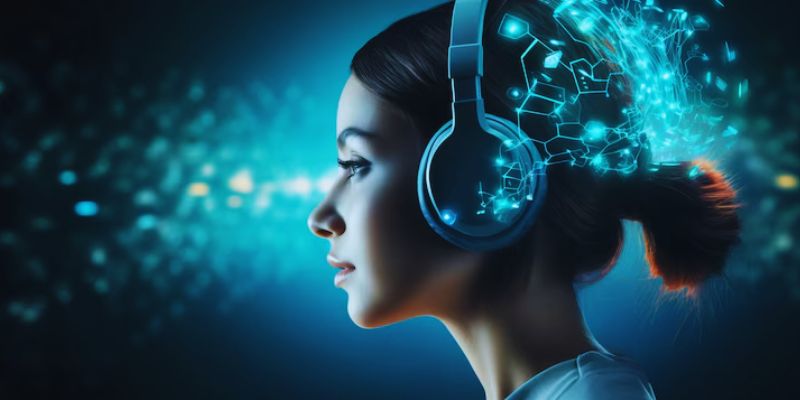
From 24/7 support to reducing wait times, personalizing experiences, and lowering costs, AI in customer services does wonders
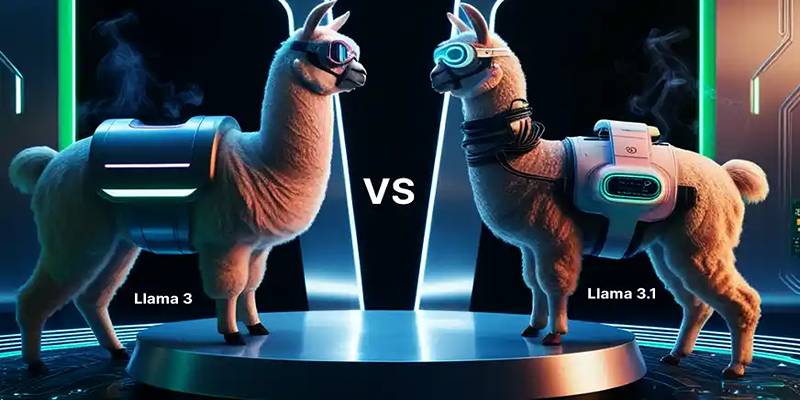
Explore the differences between Llama 3 and Llama 3.1. Compare performance, speed, and use cases to choose the best AI model.

How logic and reasoning in AI serve as the foundation for smarter, more consistent decision-making in modern artificial intelligence systems
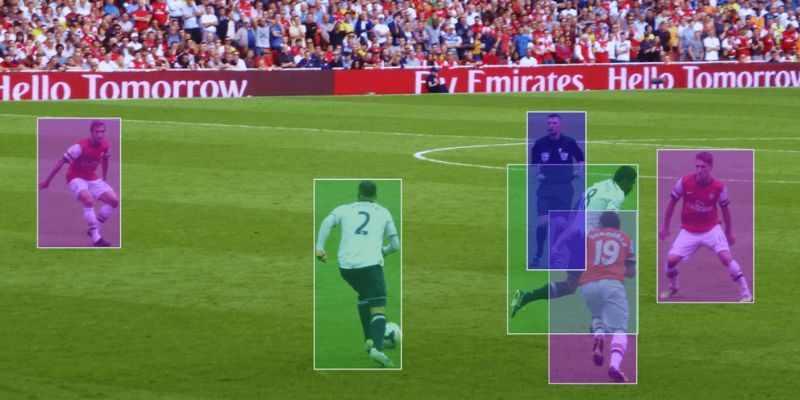
Know how computer vision transforms sports with real-time player tracking, performance analysis, and injury prevention techniques
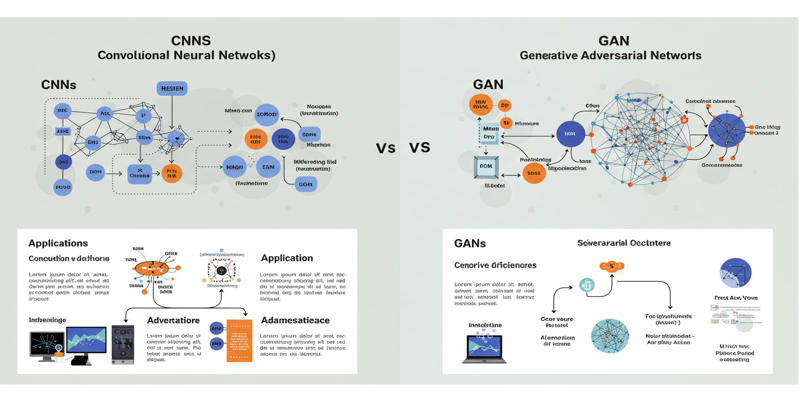
Know the essential distinctions that separate CNNs from GANs as two dominant artificial neural network designs
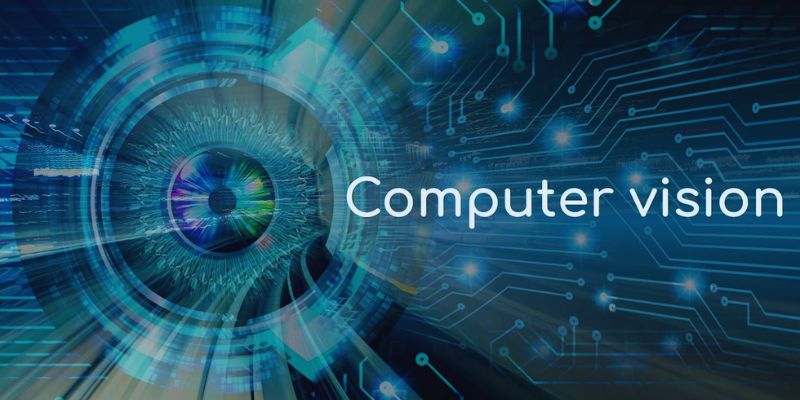
Discover five powerful ways computer vision transforms the retail industry with smarter service, security, shopping, and more

A lack of vision, insufficient AI expertise, budget and cost, privacy and security concerns are major challenges in AI adoption
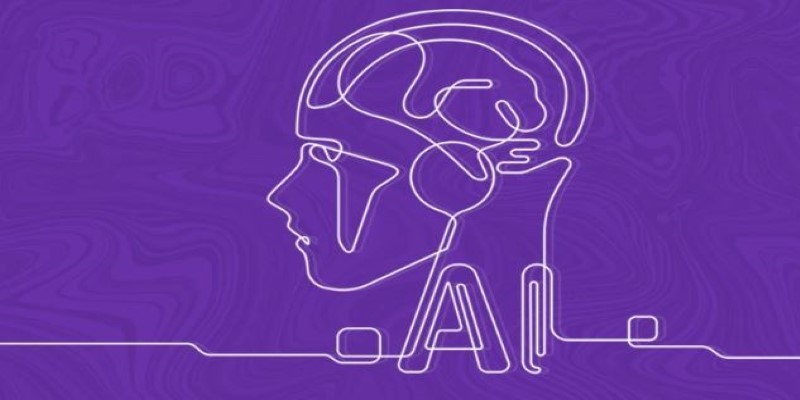
AI Hallucinations happen when AI tools create content that looks accurate but is completely false. Understand why AI generates false information and how to prevent it

Get a clear understanding of supervised learning, including how it works, why labeled data matters, and where it's used in the real world—from healthcare to finance